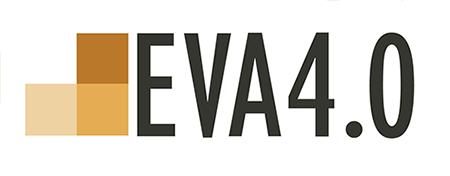Pick up the first set of samples from the field experiment, check the experimental area and ensure its functionality, measure the organic matter abundance or collect enough live termites for laboratory experiments and bring the collected samples back to the Czech Republic, these were the goals of the trip to Papua New Guinea (PNG) within the EVA4.0 project.
Two EVA project researchers, Petr Stiblík and Michael Kotyk (Termite Research Team - TRT), visited PNG. The first termite samples were collected immediately after their arrival to PNG near the National Museum and Art Gallery of PNG. The following day started at Nagada Bay, where several termite samples were picked up again in the local Baitabag forest. The expedition continued as a difficult journey to the Swire Research Station (Wanang 3). Here, it was necessary to take samples of baits from the experimental area, which were already installed here in November 2018. The researchers were particularly aimed at taking samples of the termites from special wooden cubes. TRT have found that birch wood is very tasty for the local termites that helped them to catch termites of the genera Coptotermes, Schedorhinotermes, Microcerotermes and termites of the genus Nasutitermes in more than 10% of baits.
,Such termite abundance was a surprise for TRT, after just four months of exposure of these baits, because these termite genera are not so active in PNG as in Africa.. In addition to birch baits, ground baits filled with a feed substrate rich in organic matter have been used as food for the clay-eating termites of the genus Pericapritermes. Unfortunately, they failed to capture. However, there is a chance that their capture could occur in the next collection during the November expedition.
The expedition activities included also a check of leaf litter collectors and measurement of organic matter abundance. In four months, an average of 0.5 kg of organic matter per 1m2 was attacked by collectors. It was found that about 60% of the matter was made up of water.
The last days were devoted to sorting samples and preparing them for export to the Czech Republic. The expedition also visited Baitabag and Ohu, where the researchers collected other termite samples. It was precisely in Baitabag that rare specimens of termites from Hospitalitermes were obtained. That was a good end for a termite expedition. All the samples were also successfully brought to the Czech Republic for other research.
